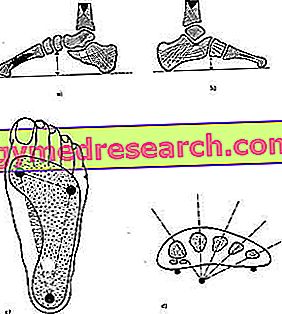
Some serious blood diseases - including so-called aplastic anemia, leukemias, lymphomas and genetic blood diseases - arise due to damage to the bone marrow, or the soft tissue that produces blood cells (red blood cells, white blood cells and platelets).
When the damage is profound and the response to less invasive treatments is inadequate, the conditions exist to intervene with a particular, very delicate and complex medical procedure called bone marrow transplantation .
Bone marrow transplantation, or hematopoietic stem cell transplantation, is a medical-surgical operation that replaces a bone marrow that is no longer functional with a healthy bone marrow, capable of producing blood cells.
The "new" bone marrow may come from a compatible donor ( allogeneic transplant) or from the same patient to be transplanted ( autologous transplant). In the second case, after collection, hematopoietic stem cells must be properly treated (chemotherapy).
Unlike other organs (heart, lung, liver, kidney, etc.) and tissues (cornea) of the human body, hematopoietic stem cells can be frozen and stored in a special freezer, without losing their properties.
This procedure is called cryopreservation, where "crio" means cold, therefore cold storage .
Cryopreservation is widely practiced for autologous samples : the bone marrow, in fact, is collected for future treatment, which is expected a few months later.
On the contrary, cold storage is little used in the case of allogeneic samples : this is because the freezing process always leads to the loss of some hematopoietic stem cells.
AN EXCEPTION
Cryopreservation appears to be a widely practiced procedure, even if the extraction is for allogeneic purposes, when the umbilical cord and / or the placenta have been collected. This is due to the fact that the only time it is possible to obtain them is at the birth of a child.WHAT DO YOU NEED FOR THE CRIOCONSERVATION?
While preparing hematopoietic stem cells for cryopreservation, experts (generally biologists or biotechnologists) add a fundamental substance, DMSO, which is used to slow down the freezing process and make it less "invasive".
In fact, without DMSO, hematopoietic stem cells would suffer profound osmotic damage following the very rapid formation of ice crystals .
Cryopreservation allows the use of bone marrow even after several years .



